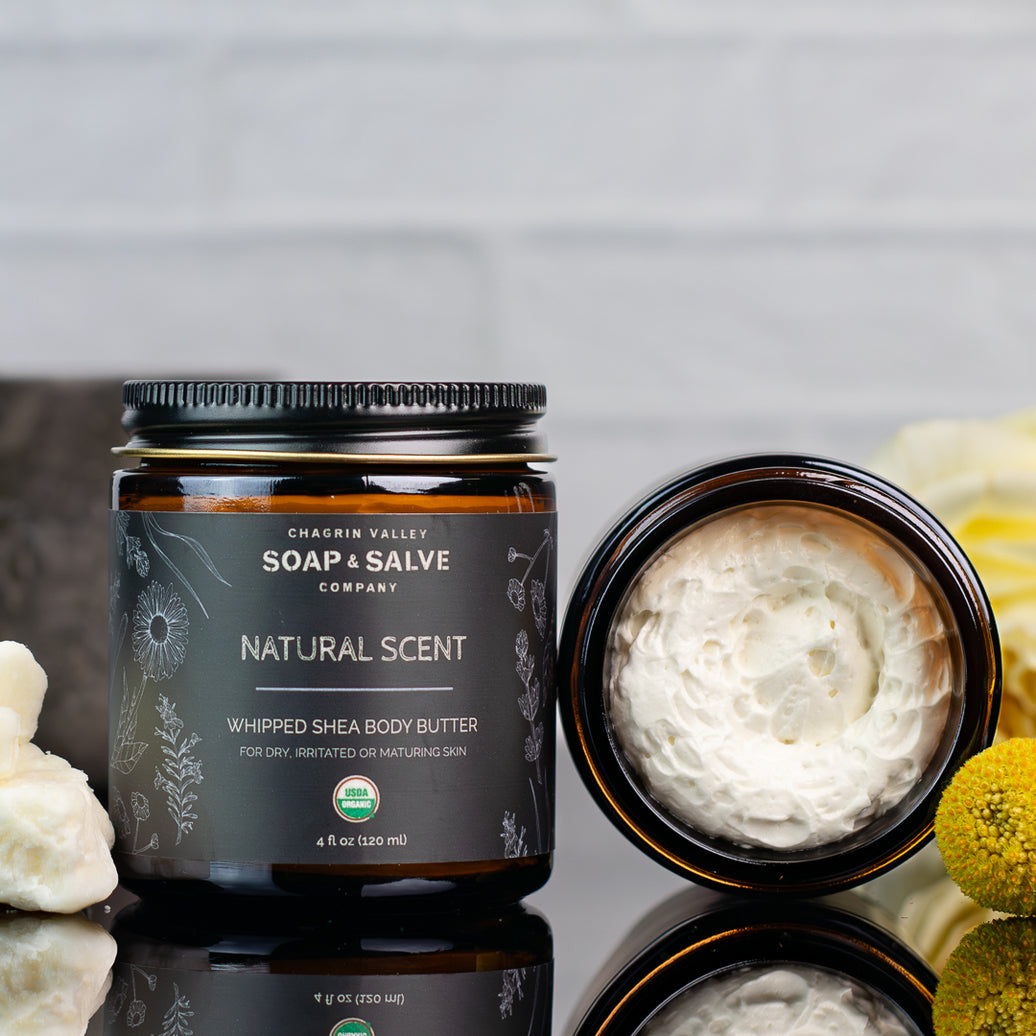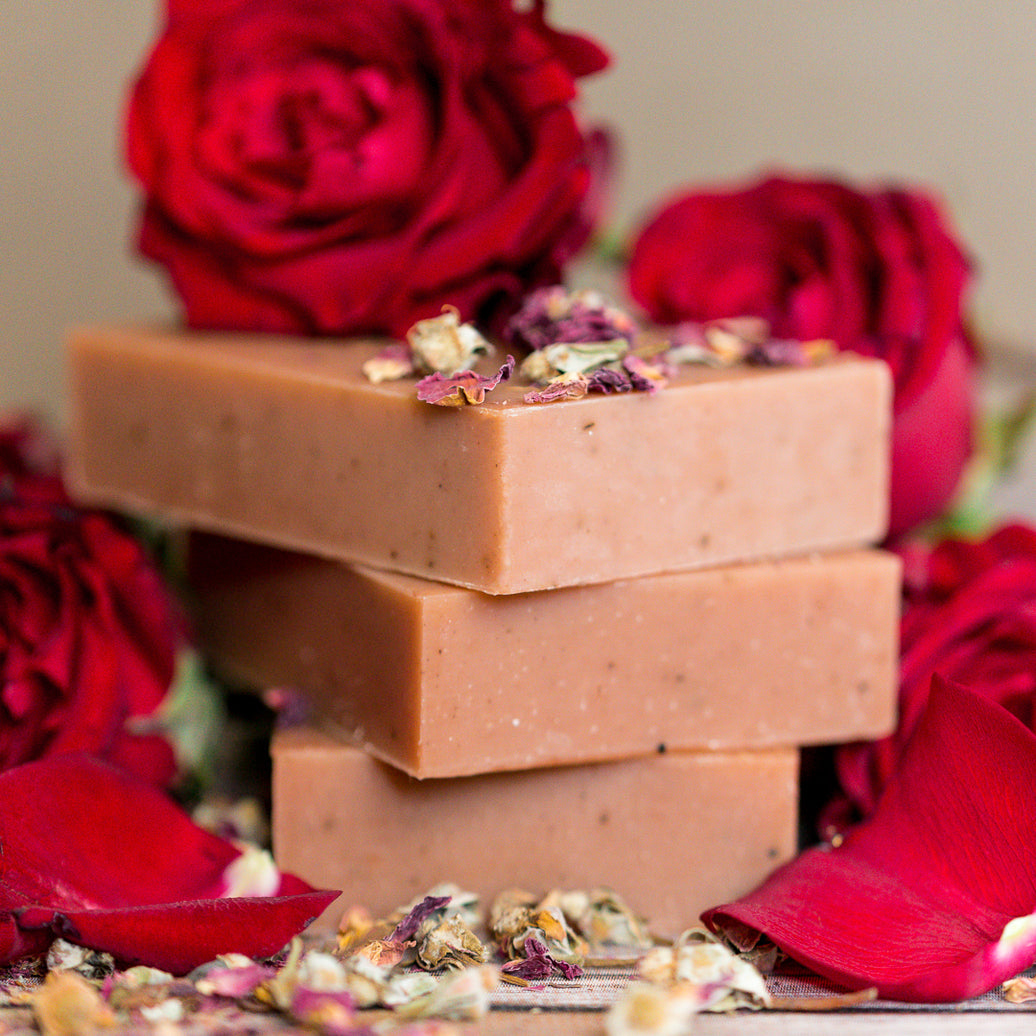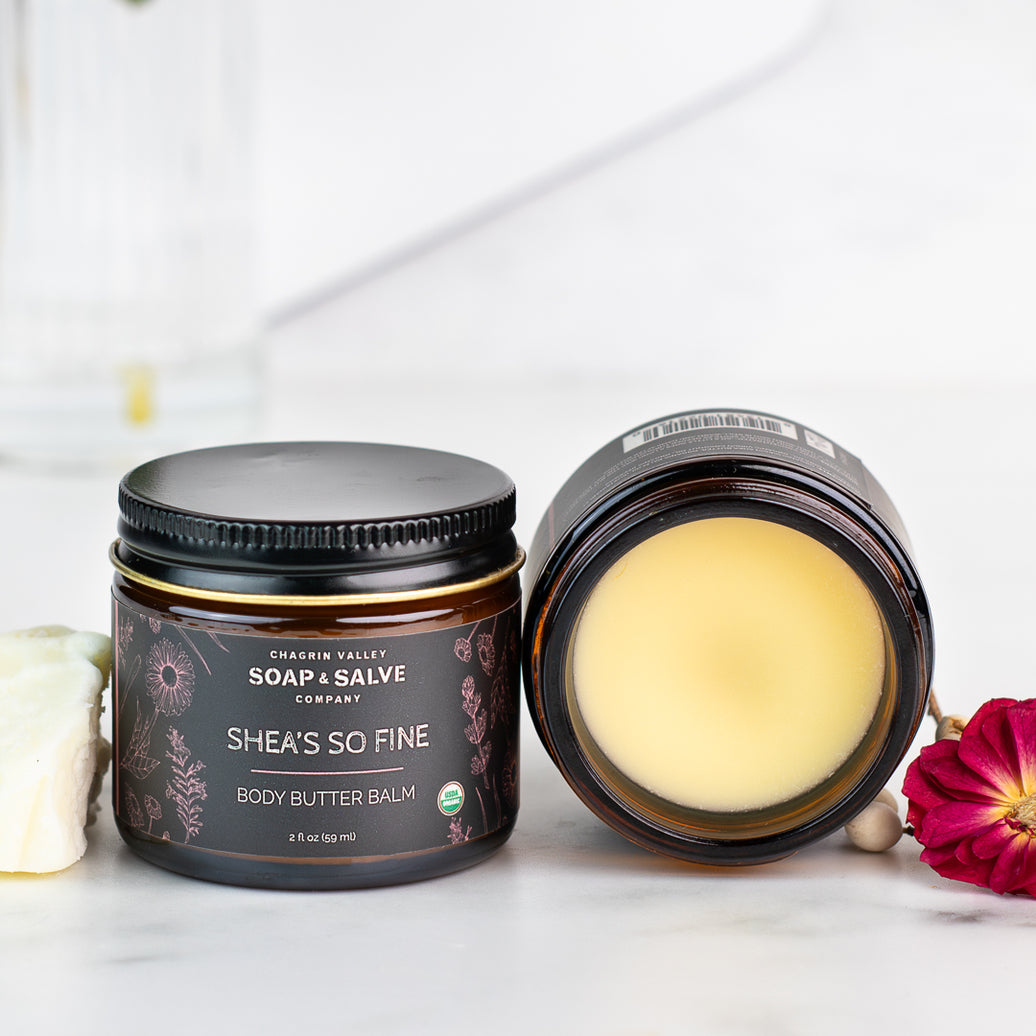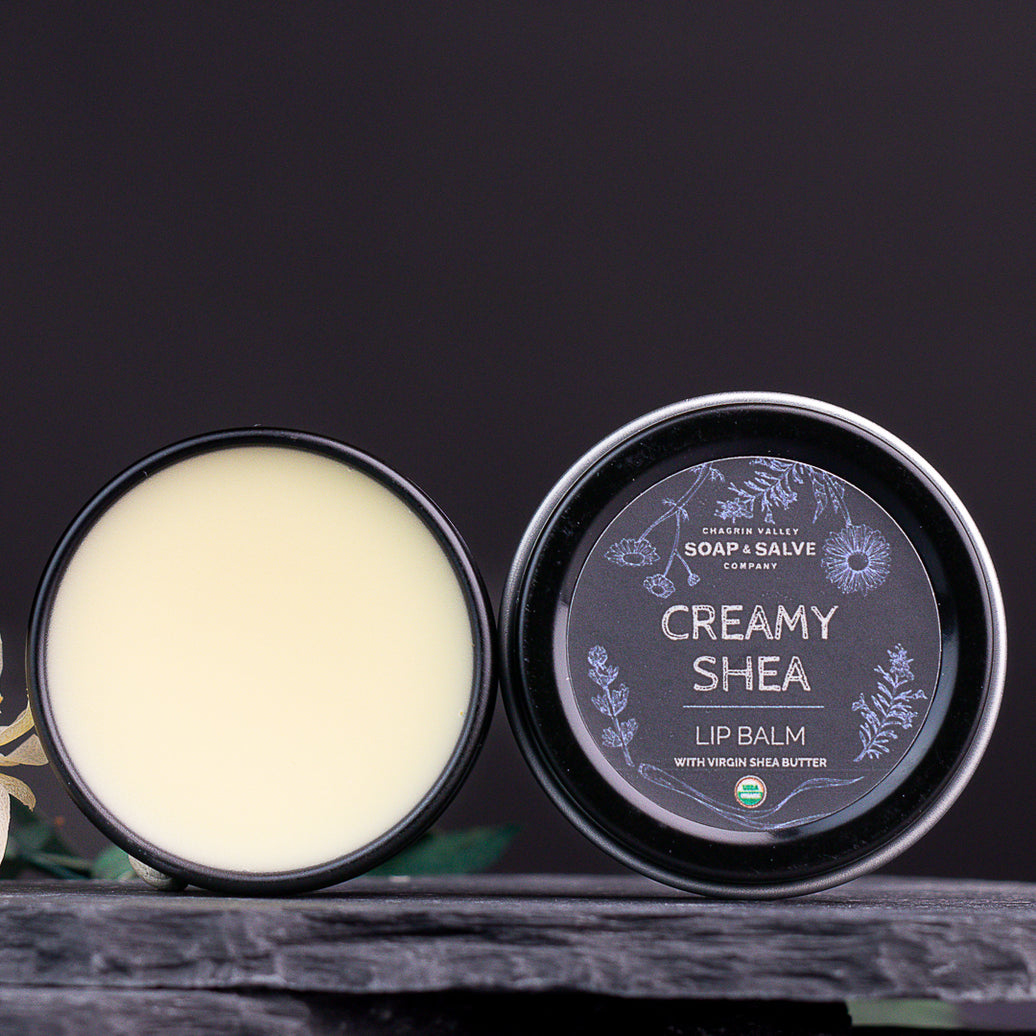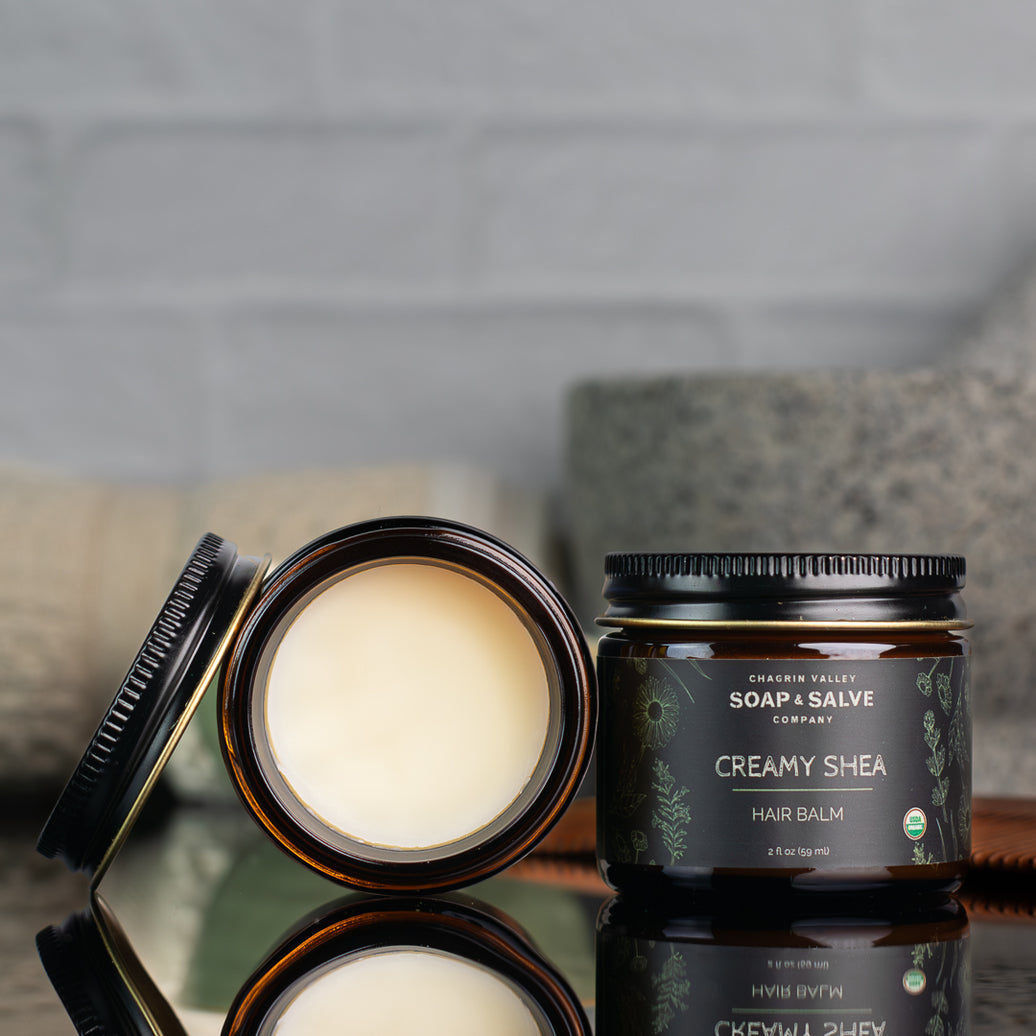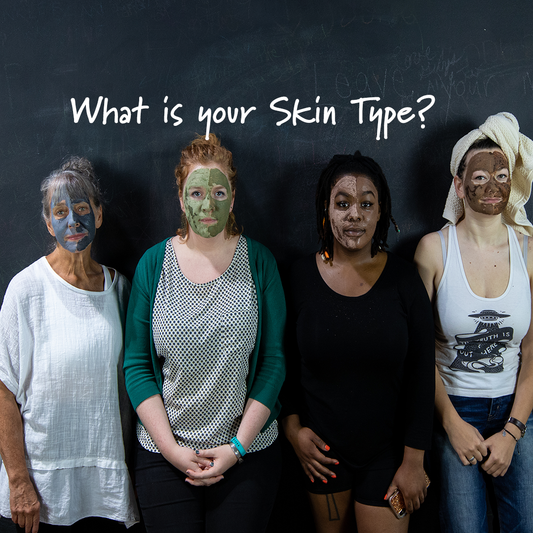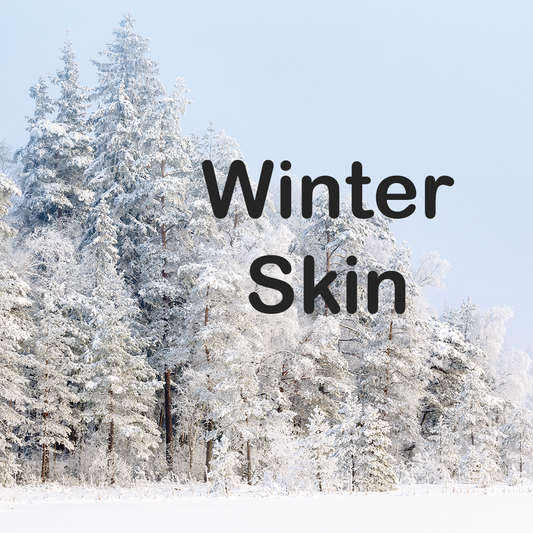Shea Butter Tutorial
All Shea Butters Are Not Created Equal! Let's Find Out Why
Any customer who purchases the same product all the time, becomes accustomed to a certain scent, color and texture.

We sometimes receive emails from these customers commenting about a change in scent or color especially in a product made with unrefined shea butter.
Since our shea butter is an unrefined product, the scent and color can vary from batch to batch.
Pure unrefined shea butter has not been bleached or deodorized and retains its natural scent, color, and nutritional benefits.
It has an earthy, nutty, smokey scent that ranges from mild to strong and can be quite pungent. Often, the fresher the Shea butter, the stronger the scent.
We hope this blog will help explain the differences between various types of shea butter as well as why we believe that the benefits of unrefined shea butter far outweigh the cons of its smokey, pungent scent.
Shea Butter Basics
Shea butter is to West Africa, what olive oil is to the Mediterranean.
Shea Butter, also known as African Karite butter, comes from the fruit kernels of the Karite Nut Vitellaria paradoxa (AKA Butyrospermum parkii) tree found in the savannahs of Western Africa. Shea butter is a precious commodity. Sometimes a single tree can take up to fifty years before they are mature enough to be harvested for the first time.
Shea Butter has been used in Africa for many centuries to alleviate problems of the skin and scalp.
Its original scientific name, Butyrospermum parkii, is derived from the Greek words boutyron, which means "butter" and sperma, which means "seed."
Shea Nuts
Each summer, the tree bears fruit the size of a plum, which contains a nut. The shea season begins when the ripe shea fruit begins falling from the shea trees.

Shea butter is the fat extracted from the seed that is removed from the shea nut.
The Shea kernels look similar to a horse chestnut or buckeye and are comprised of about 50 percent fat, 10 percent protein, and 30 percent carbohydrates.
Shea fruit nuts that fall from the shea tree are handpicked by African women. Many of the fallen nuts are left on the ground to germinate and grow into new shea trees. The pits of the handpicked fruit are allowed to dry in the sun, and then roasted in order to dehydrate the nut.
The dried fruit is hand crushed in order to remove the skin and then gently roasted over a fire to prepare them to release the oils. The ground nuts are then smoothed between two stones into a brown paste. The women of this region transform the brown paste into a soft white butter.
Pure unrefined virgin shea butter undergoes no chemical processing and is free from bleaching agents, preservatives, and additives. It is still harvested and prepared using the same method practiced for thousands of years.
This method of preparing the virgin shea retains the natural goodness, vitamins, and minerals, as well as the nutty, smoky scent. The color of the butter ranges from off-white to gray to golden brown, to green, depending on the maturity of the nut.
All Shea Butters Are Not Created Equal!
At Chagrin Valley we use high-quality, organic, naturally extracted, unrefined, virgin shea butter. This butter commands a premium price and is often quite difficult to use in product recipes. However, the end result is an awesome, less refined product that has preserved all the inherent nutrients and benefits of the shea nut.
Shea butter is available in various forms; unrefined, refined, and ultra-refined. How the shea butter is extracted from the nut and how it is subsequently processed determines its final nourishing qualities.
Unrefined (Virgin) Shea Butter
Making high-quality unrefined shea butter is truly a labor of love and a work of art. At the high end of the shea butter spectrum, you have a natural, manual extraction process that leaves more of the wonderful raw bioactive nutrients in the Shea Butter. This is the best!
Unrefined, or raw shea butter, is shea butter in its natural form. This shea butter can vary in color from yellow to gray to even slightly green and has a smoky, nutty scent.
The scent is often what people complain about the most. But if you want pure, raw, unrefined shea butter, the scent (which I love) will come with it!
Color, texture, and scent vary depending on the region in which the Karite tree grows. Unrefined shea is very sensitive to changes in temperature and can be difficult to work with.
It is not uncommon for products made with this butter to have a bit of a grainy feel to them. Although the grainy part melts the second it touches your skin, you can see why cosmetic companies shy away.
This shea butter is 100% natural, unrefined and brought to you as nature intended. Since it is not bleached or deodorized and there are no color or scent stabilizers added, one batch or harvest can produce a slightly different shea butter than another.
 To qualify as unrefined, shea butter must not have passed through any filtering systems that use chemicals or other methods that would remove or reduce the natural nourishing components or change its natural properties in any way. Unrefined shea butter is passed through a cheesecloth-type filter to remove nut skins.
To qualify as unrefined, shea butter must not have passed through any filtering systems that use chemicals or other methods that would remove or reduce the natural nourishing components or change its natural properties in any way. Unrefined shea butter is passed through a cheesecloth-type filter to remove nut skins.
As with all nuts, there is a skin between the nut and the shell which can and does, get into the shea butter as it is being pressed out of the cooked nuts. You may even see some of the nut skin pieces that escaped the cheesecloth in our shea butter products.
Refined Shea Butter
Refined Shea Butter is white and odorless and has been passed through one or more filtering systems. The refining process removes the color and scent and in the process most of the natural healing properties.
Refined shea may have a preservative added to prevent it from going rancid since the natural antioxidants and vitamins that naturally keep it fresh have been removed. The quality of this shea butter depends on the refining system used and there is no standard in place.
Refined Shea Butter has a long shelf life and is still a good moisturizer but it lacks the natural skin regenerating benefits of Unrefined Shea Butter.
Ultra-Refined Shea Butter
Ultra-refined shea, typically used in mass-produced skin care products, is usually extracted using solvents, a cheaper, quicker, and more efficient method of extraction.
This shea butter has been filtered and re-filtered. It is deodorized, bleached to pure snow white, and further processed to produce a lighter, softer, smoother textured product with no odor that is easier for mass-production machines to incorporate into commercial lotions, which is why it is extensively used by the cosmetic industry.
Even smaller companies making shea butter products will use this type of shea butter since it is cheaper, easier to work with, and produces a finer textured product.
Ultra-refined shea butter will often have preservatives added since the natural antioxidants and vitamins that act as natural preservatives have been removed.
This over-processed product is a "fat" so it will still moisturize. However, it does not retain any of the healing, nourishing bioactive nutrients that shea butter is known for, other than basic moisturizing.
There are estimates that up to 75% of the bioactive ingredients found in unrefined shea butter can be lost depending on the refining process.
Unfortunately, moisturizer brands simply list the words "shea butter" in their ingredient list. So you will never know what type of shea butter is being used in the product.
Even the scientific name will not help you because whether the shea is unrefined or ultra refined, it is still she butter and carries the same name either Vitellaria paradoxa (the newer scientific name) or Butyrospermum parkii (the older scientific name)
If Unrefined Shea Is So Much Better . . . Why Would Any Company Use Refined?
Cost: The pure good stuff is always more costly. We could charge at least 20-30% less for shea butter products if we used the refined stuff.
 Scent: The smoky, nutty scent of unrefined virgin shea makes it difficult use with scented products. The aroma of any scent blend will be changed by the natural scent of shea. Essential oils are very expensive and sometimes more is needed in a product made with virgin shea. Also, since essential oils, or any fragrance, has a limited skin-safe amount that should be used, the smoky scent of virgin shea often still comes through.
Scent: The smoky, nutty scent of unrefined virgin shea makes it difficult use with scented products. The aroma of any scent blend will be changed by the natural scent of shea. Essential oils are very expensive and sometimes more is needed in a product made with virgin shea. Also, since essential oils, or any fragrance, has a limited skin-safe amount that should be used, the smoky scent of virgin shea often still comes through.
Texture: Refined shea is processed to create a softer, smoother textured product that is easier to incorporate into creams and lotions. Unrefined shea has a thick, heavy texture that does not spread as easily as the refined versions.
But whipping unrefined shea into a fluffy butter creates a light colored butter with a light and creamy texture and a consistency that is easily melts when applied to the body.
Ease of use: Unrefined shea is much more finicky and often difficult to work with. Products using virgin shea that has been melted may have small pearls or dots of shea that rise to the surface after it hardens back up and crystallizes. If customers see this as a flaw, skincare companies lose money.
We believe that if we simply take the time to educate consumers about the benefits of unrefined shea butter, they will understand its limitations.
At Chagrin Valley Soap & Salve, We Believe That Your Skin Deserves The Best!
The less refined, the more natural raw ingredients remain in the Shea Butter.
 A good analogy is bread. At one end you have a less refined natural whole wheat bread loaded with natural fiber, vitamins, and wheat protein. At the other end, you have basic white bread!
A good analogy is bread. At one end you have a less refined natural whole wheat bread loaded with natural fiber, vitamins, and wheat protein. At the other end, you have basic white bread!
The texture, color and flavor of each of these breads is very different.
When purchasing a shea product from another company, be sure to ask, "What kind of shea butter do you use?"
Our Shea Butter Is . . .
- Unrefined
- USDA Certified Organic
- Fair Trade Certified by Fair Trade USA*
- Made from the nuts of the (African Karite) Shea tree, growing naturally in Ghana without chemicals or sprays of any kind
- Sustainably hand-harvested and gathered by the woman in the co-op
- Prepared by the cold press or a traditional kneading process without the use of added chemicals or preservatives
*Using Fair Trade Certified™ Organic Shea Nut Butter supports quality products that improve lives and protect the environment.
We use 100% Unrefined shea butter, sourced from women-run cooperatives in West Africa.
Some Benefits of Unrefined Shea Butter
Unrefined (virgin) Shea Butter is a skin superfood that easily penetrates the skin.
It has anti-inflammatory and healing properties as well as high concentrations of fatty acids and vitamins make shea butter a rich emollient that is an ideal ingredient for hydrating and softening skin. Using shea butter on your body, especially your face, can condition, tone, and soothe your skin.
Raw shea butter is rich in Vitamin A and Vitamin E, as well as phytosterols, triterpenes, fatty esters, and phenolic acids. Vitamins A and E are important in helping to repair skin damage; phytosterols, and triterpenes aid in skin allergies; phenolic acids are good for cellular protection.
- Evens skin tone
- Absorbs quickly without leaving greasy residue like mineral oil-based products
- Penetrates deep into the epidermal layer of your skin to help restore elasticity to maturing skin and prevent the cellular breakdown that leads to dry, cracking skin, and stretch marks
- Stimulates cellular activity, fights the effects of aging, and repairs rough, damaged skin
- Returns natural luster to skin and hair
- Does not clog pores
- Revitalizes softens and maintains skin moisture
- Aids in the healing of wounds and may improve scars due to its anti-inflammatory properties
- Used to heal eczema, burns, rashes, very dry skin, and to lessen the irritation of psoriasis
- Moisturizes after shaving to prevent irritation
- Has natural sun-blocking powers and may protect skin from sun damage and environmental elements
- Nourishes the hair shaft
- Moisturizes dry, dull over-processed, and heat-treated hair resulting in improved brilliance and manageability
- Helps prevent weak hair from breaking, fading, or thinning out and may promote hair growth
Virgin Shea Butter is believed to offer some skin protection from the sun’s UV rays, as well as soften and heal cracked and aged skin.
ALLERGY ALERT: Shea butter contains natural latex. Although it is not exactly the same as the sap-like latex extract from the Rubber Tree (Hevea brasiliensis), it is very similar in chemical composition. Although the quantities of latex in shea butter are small, this natural latex is responsible for the sealing property that shea butter has that may aid in protecting your skin and preventing sun allergies.
Persons suffering from latex or nut allergies should do an Allergy Patch Test before using any shea butter product. Many people with allergies are not affected by shea butter, but some are, so it is better to be safe than sorry!
